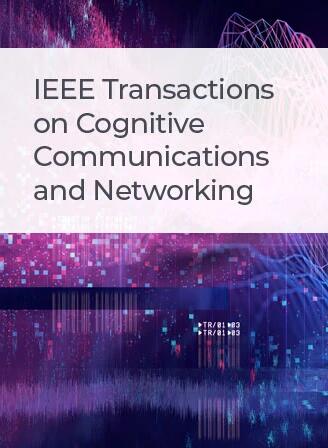GIA: LLM-Enabled Generative Intent Abstraction to Enhance Adaptability for Intent-Driven Networks
IF 7.4
1区 计算机科学
Q1 TELECOMMUNICATIONS
IEEE Transactions on Cognitive Communications and Networking
Pub Date : 2025-02-25
DOI:10.1109/TCCN.2025.3545589
引用次数: 0
Abstract
Conventional intent-driven networks (IDNs) rely on static templates to translate declarative intents into imperative network configurations. However, the dynamic nature of network environments and evolving user requirements pose significant challenges to these inflexible approaches. With the rapid advancement of generative artificial intelligence (GenAI), there have been approaches in IDNs that have attempted to leverage Large Language Models (LLMs) for intent translation. Despite their promising preliminaries, these efforts generally employ few-shot learning techniques, which are often inadequate in scenarios where new or complex intents surpass the capabilities of the limited training examples. To overcome these limitations, we introduce a Generative Intent Abstraction (GIA) framework, which leverages LLMs with knowledge-enhanced prompting techniques to dynamically generate adaptable intent graphs by compelling the LLMs to write Python codes. Furthermore, we reformulate the intent negotiation into a subgraph isomorphism problem (SIP), ensuring the generated graphs continuously comply with the network capabilities. Experimental results on the network intent dataset from easy and medium levels to hard and previously unseen levels demonstrate the effectiveness and adaptability of the proposed GIA framework. It significantly outperforms traditional methods without knowledge augmentation, achieving more than 30% higher F1 score for medium-level intents and a significant 180% increase for previously unseen intents.求助全文
约1分钟内获得全文
求助全文
来源期刊

IEEE Transactions on Cognitive Communications and Networking
Computer Science-Artificial Intelligence
CiteScore
15.50
自引率
7.00%
发文量
108
期刊介绍:
The IEEE Transactions on Cognitive Communications and Networking (TCCN) aims to publish high-quality manuscripts that push the boundaries of cognitive communications and networking research. Cognitive, in this context, refers to the application of perception, learning, reasoning, memory, and adaptive approaches in communication system design. The transactions welcome submissions that explore various aspects of cognitive communications and networks, focusing on innovative and holistic approaches to complex system design. Key topics covered include architecture, protocols, cross-layer design, and cognition cycle design for cognitive networks. Additionally, research on machine learning, artificial intelligence, end-to-end and distributed intelligence, software-defined networking, cognitive radios, spectrum sharing, and security and privacy issues in cognitive networks are of interest. The publication also encourages papers addressing novel services and applications enabled by these cognitive concepts.
 求助内容:
求助内容: 应助结果提醒方式:
应助结果提醒方式:


